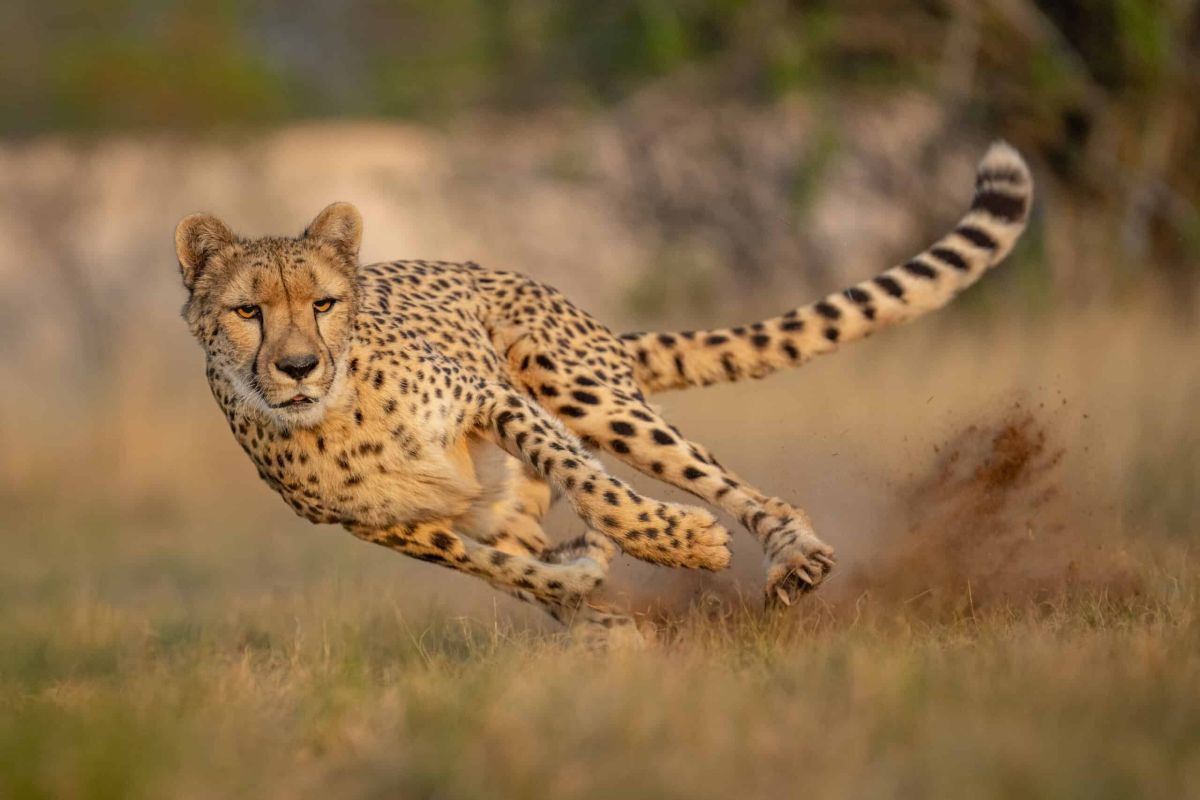Cheetahs: Built For Speed

When it comes to speed in the animal kingdom, the cheetah (Acinonyx jubatus) reigns supreme. Renowned not only for their astonishing velocity but also their extraordinary hunting strategy, cheetahs are an iconic symbol of the wild. This article will delve into the mechanics of their incredible speed, the adaptations that make it possible, and their role in the ecosystem as apex predators.
The Velocity of Cheetahs
Cheetahs are capable of running speeds that can leave even the fastest racehorses in the dust. They can accelerate from 0 to 60 miles per hour (97 km/h) in just a few seconds, often compared to the speed of a high-performance sports car. In optimal conditions, they have been recorded reaching top speeds of up to 75 miles per hour (121 km/h) over short distances, typically 300 to 1,500 feet (approximately 90 to 460 meters). This remarkable speed is one of the primary reasons these animals are such successful hunters in the savannah and other open terrains.
The Mechanics Behind Their Speed
The cheetah’s speed is a culmination of various biological and anatomical adaptations:
- Body Structure: Cheetahs possess a lightweight, slender body designed for speed. Unlike many large cats with more bulk and muscle, their physique allows for a longer stride length, which is crucial for covering ground quickly.
- Flexible Spine: Their extremely flexible spine acts like a spring, allowing their front and back legs to stretch farther apart during a gallop. This flexibility enhances stride length, enabling them to cover more ground with each leap.
- Large Nasal Passages and Lungs: Cheetahs have large nasal passages that facilitate increased oxygen intake. Combined with their enlarged lungs, this allows for rapid oxygen delivery to muscles during high-speed chases.
- Long, Muscular Legs: Their long legs are equipped with large, powerful muscles that provide explosive speed. The arrangement of muscle fibers in these limbs is predominantly fast-twitch, which helps in quick bursts of speed.
- Specialized Claws: Unlike other cats, cheetahs have partially retractable claws that provide better grip and traction when running. This adaptation aids them in maintaining stability while transitioning rapidly through turns.
Hunting Strategy and Speed
Cheetahs are not simply fast runners; they are adept hunters that use their speed strategically. Their hunting technique involves a combination of stealth and explosive acceleration. Cheetahs rely on their keen eyesight to spot prey from a distance and will use a slow stalk to get as close as possible before launching into a full-speed sprint.
During the chase, they can change directions with remarkable agility, and their speed allows them to close the distance between themselves and their prey quickly. Unlike other big cats that rely on endurance, cheetahs typically engage in short bursts of speed, as they can only maintain their top velocity for about 20 to 30 seconds before overheating.
Energy Management
Given the intense energy demands of sprinting at such high speeds, cheetahs must carefully manage their exertion. A failed hunt can lead to fatal energy depletion, meaning they often rely on opportunistic hunting alongside their impressive speed. They also use their sprinting abilities to catch smaller animals that may be quicker or more agile than larger game.
Conservation Status
Despite their remarkable adaptations, cheetah populations are declining due to habitat loss, human-wildlife conflict, and poaching. Habitat fragmentation has reduced their range, making it challenging for them to find sufficient prey. Conservation efforts are vital to ensure the survival of these magnificent animals and the ecosystems they inhabit.
Cheetahs are a testament to nature’s incredible ability to evolve specialized adaptations for survival. Their unparalleled speed is a combination of unique physical characteristics and strategic hunting methods that have made them one of the most fascinating creatures on Earth. However, with their survival at stake, awareness and conservation efforts are essential to preserve these magnificent speedsters for future generations. As we strive to protect their habitats and address the challenges they face, we can ensure that the cheetah continues to grace our planet with its lightning-fast prowess.



